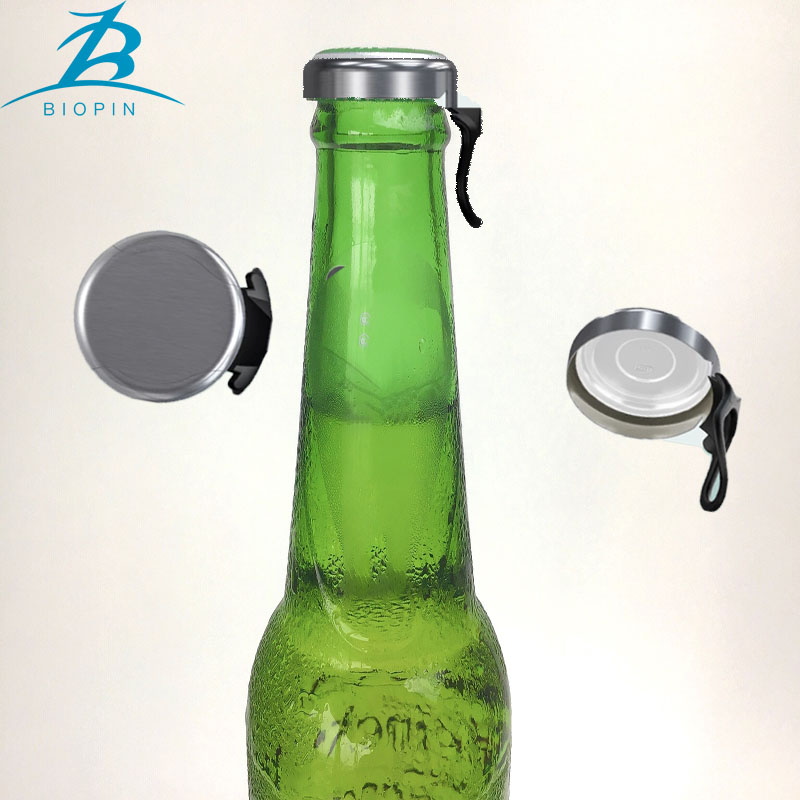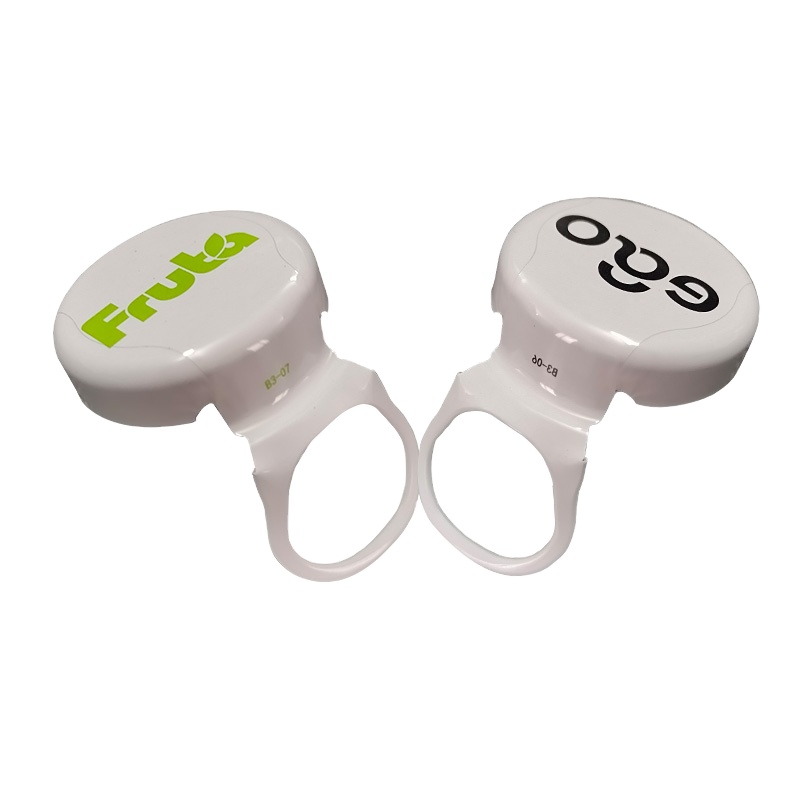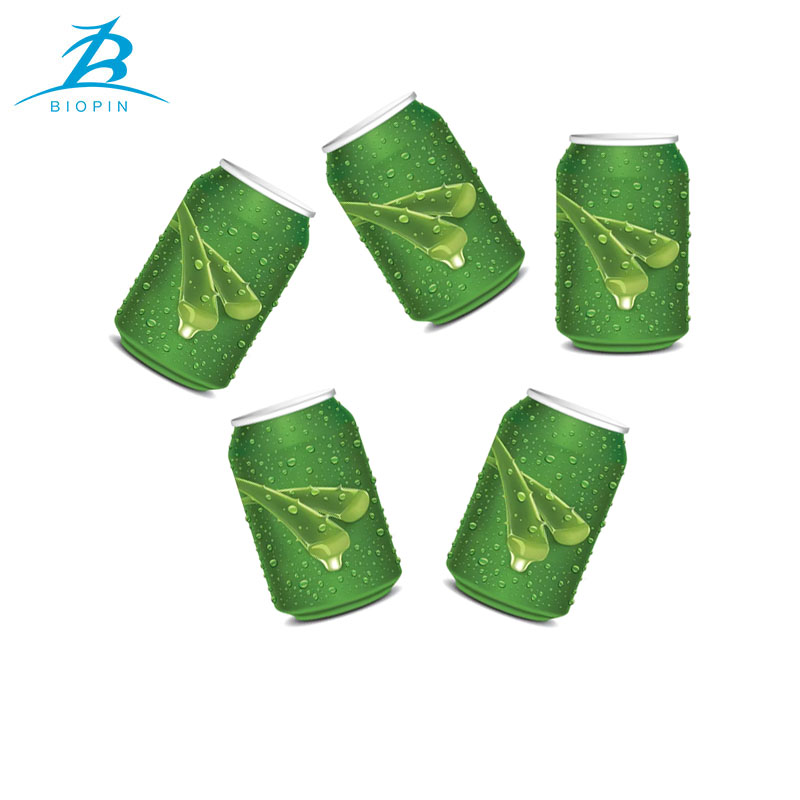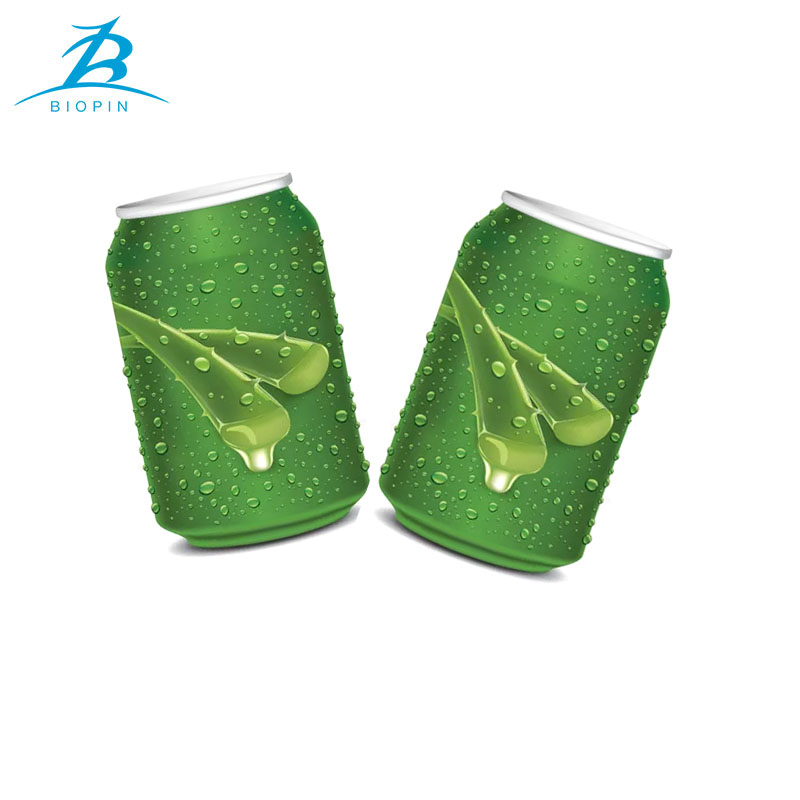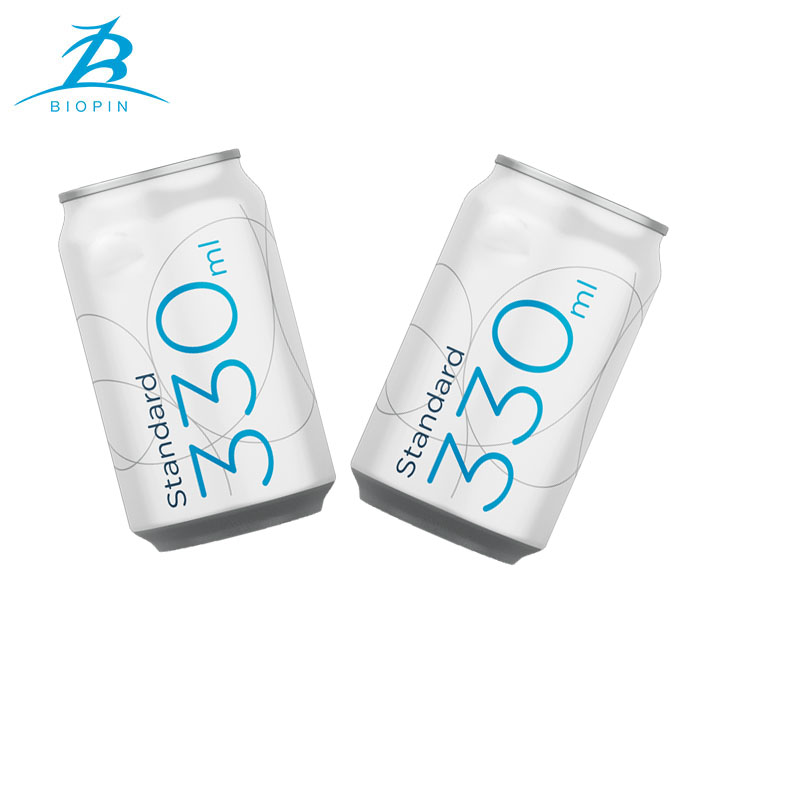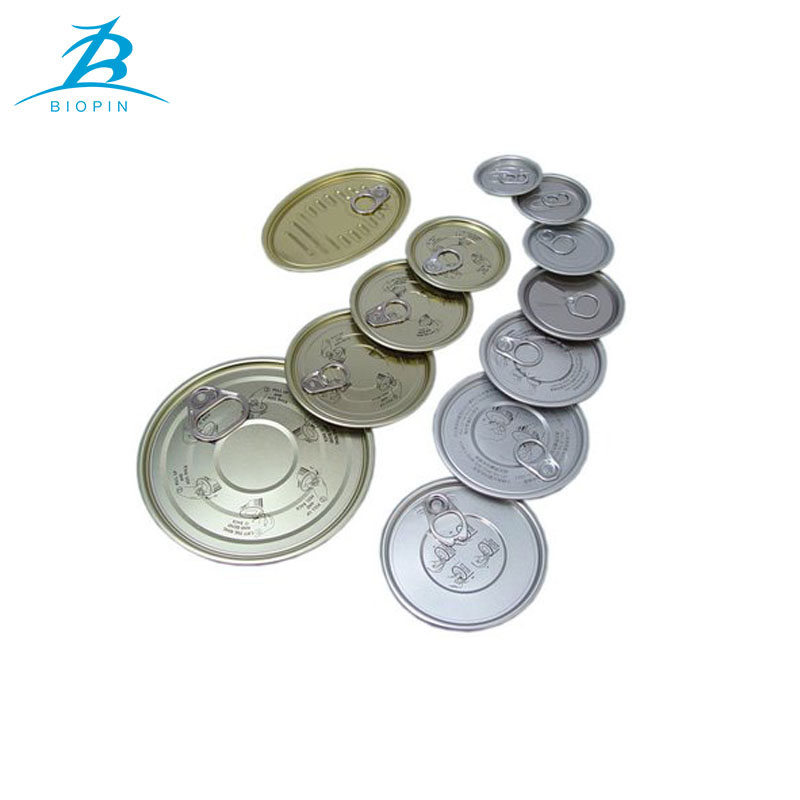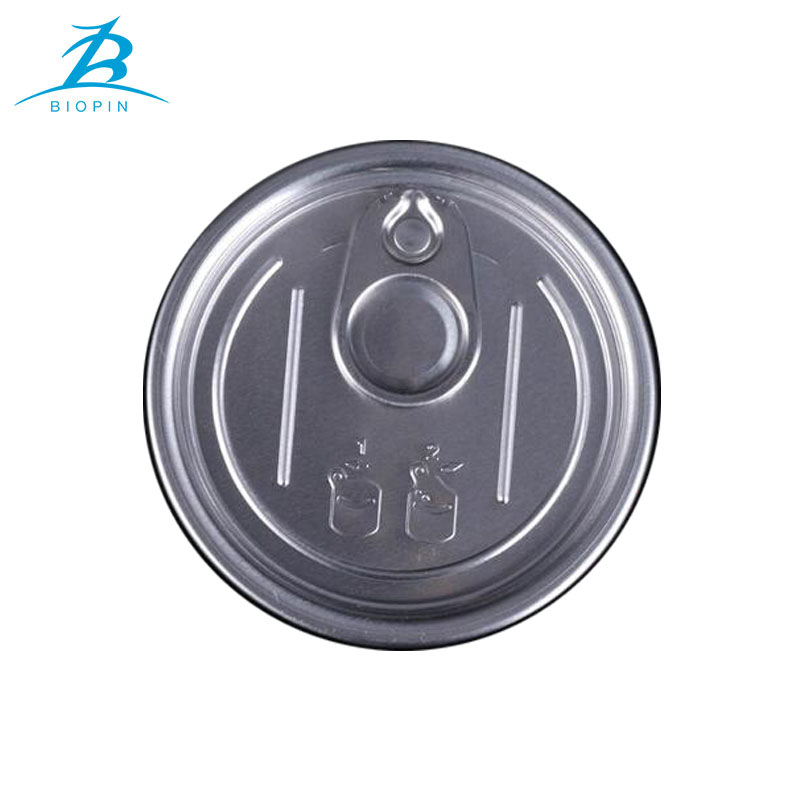Aluminum Cans vs. Other Beverage Packaging Options
Oct 24, 2025
Beverage brands face a critical choice when selecting packaging: aluminum cans, plastic bottles, glass bottles, or paper-based cartons. Each option differs in sustainability, cost, functionality, and consumer preference—factors that directly impact a brand’s environmental footprint and bottom line. In 2025, with rising regulatory pressure (e.g., EU CBAM, U.S. recycled content mandates) and consumer demand for sustainability, aluminum cans are gaining traction, but understanding their strengths and weaknesses relative to alternatives is key. Below is a data-driven comparison, drawing on insights from the Packaging Europe Report and Aluminum Association.
When it comes to carbon footprint, aluminum cans outperform most alternatives. A 330mL aluminum can has a cradle-to-grave carbon footprint of 85g CO₂e, compared to 140g for a PET plastic bottle (100% virgin) and 350g for a glass bottle (returnable). This gap widens when using recycled aluminum: a can made with 70% recycled content has a footprint of just 30g CO₂e—65% lower than a virgin aluminum can. In contrast, plastic bottles see minimal carbon savings from recycling (only 15% reduction for 100% recycled PET), while glass bottles require energy-intensive melting (even returnable glass has a 200g CO₂e footprint for 330mL). The reason? Aluminum’s infinite recyclability allows it to retain 95% of its original energy through each cycle, whereas plastic degrades in quality after 2–3 recycles and glass loses thickness with repeated use.
Recycling rates are another area where aluminum cans excel. Globally, aluminum cans have a recycling rate of 65%, compared to 30% for PET plastic bottles and 45% for returnable glass bottles. In developed markets, the gap is even larger: the EU reports 76% recycling for aluminum cans, vs. 28% for plastic and 50% for glass. This is due to aluminum’s high material value (scrap aluminum sells for $1,800–$2,200 per ton, vs. $200–$300 per ton for scrap plastic) and established sorting infrastructure (optical sensors easily identify aluminum). For brands, higher recycling rates reduce reliance on virgin materials and lower regulatory risks (e.g., avoiding plastic taxes in the EU and India). However, aluminum cans face competition from paper cartons in regions with strong paper recycling systems (e.g., Sweden), where cartons have a 60% recycling rate—but cartons require complex separation of paper, plastic, and aluminum layers, limiting their circularity.
Functionality and shelf life are critical for beverage preservation. Aluminum cans offer superior barrier properties: they block light, oxygen, and moisture completely, extending the shelf life of sensitive beverages (e.g., craft beer, fruit juice) by 6–12 months compared to plastic or cartons. Plastic bottles allow 5–10% oxygen permeation over 6 months, leading to flavor degradation, while paper cartons rely on a thin aluminum layer for barrier protection—this layer can tear, causing leaks. Glass bottles also offer strong barrier properties but are heavy (a 330mL glass bottle weighs 250g, vs. 13g for an aluminum can) and breakable, increasing transportation costs (glass requires 2–3x more fuel to ship than aluminum) and waste from breakage (5–8% of glass bottles are damaged in transit, vs. <1% for aluminum cans). For brands targeting emerging markets with poor logistics (e.g., sub-Saharan Africa), aluminum cans’ durability and light weight make them a more reliable choice.
Cost is a deciding factor for many brands, and aluminum cans balance upfront and long-term expenses. The upfront cost of an aluminum can (3–4 cents per 330mL) is higher than a virgin PET bottle (2–3 cents) but lower than a glass bottle (5–7 cents). However, when accounting for total cost of ownership (TCO), aluminum cans often become more affordable: their light weight reduces shipping costs by 40% vs. glass, and their high recycling value allows brands to recover 1–2 cents per can via scrap sales. Plastic bottles have lower upfront costs but face rising taxes (e.g., EU Plastic Tax) and negative consumer perception, while glass requires expensive return systems (e.g., deposit schemes) that are impractical in low-income regions. Paper cartons have similar upfront costs to aluminum but higher processing costs (due to complex recycling) and shorter shelf life, increasing waste from expired products.
Consumer preference is shifting toward aluminum cans in 2025, driven by sustainability awareness. A 2025 Global Consumer Survey found that 68% of respondents prefer aluminum cans for carbonated drinks and beer, citing “recyclability” and “freshness” as top reasons. Plastic bottles are viewed negatively by 55% of consumers (due to pollution concerns), while glass is preferred for premium products (e.g., wine, craft spirits) but seen as cumbersome for on-the-go use. Aluminum cans also offer more design flexibility—brands can use full-wrap printing and embossing to stand out on shelves, a feature that plastic and cartons struggle to match.
In summary, aluminum cans outperform alternatives in carbon footprint, recycling rates, and durability, making them a strong choice for most beverage categories. While plastic and paper cartons have lower upfront costs, their environmental and regulatory risks are growing, and glass remains limited to premium, stationary markets. For brands prioritizing sustainability, cost-efficiency, and consumer appeal, aluminum cans are the optimal packaging solution in 2025.
